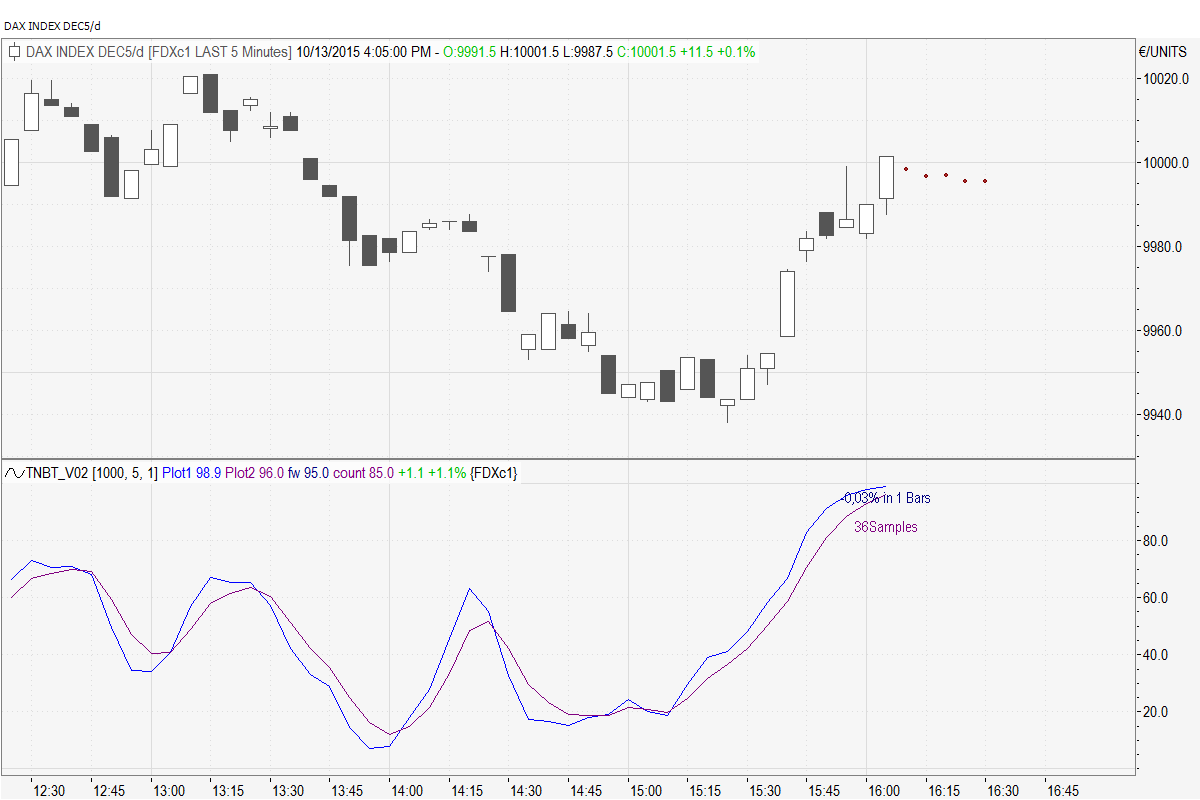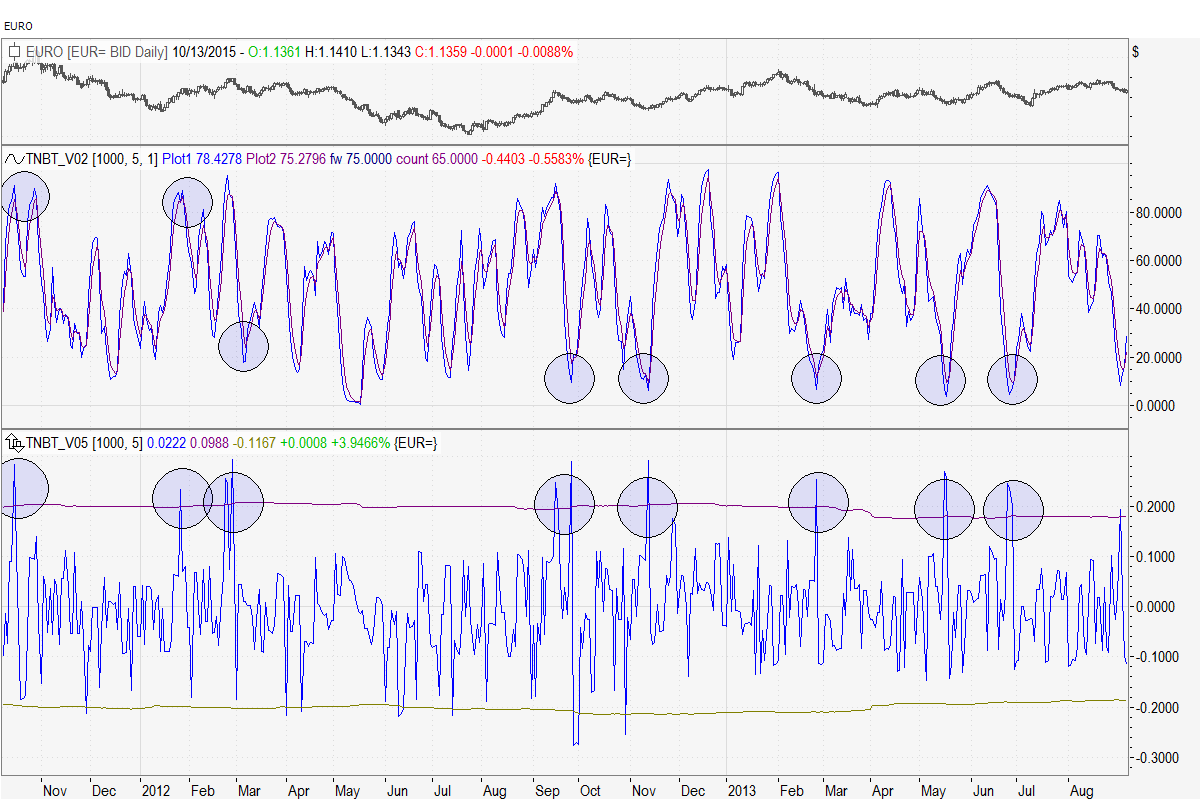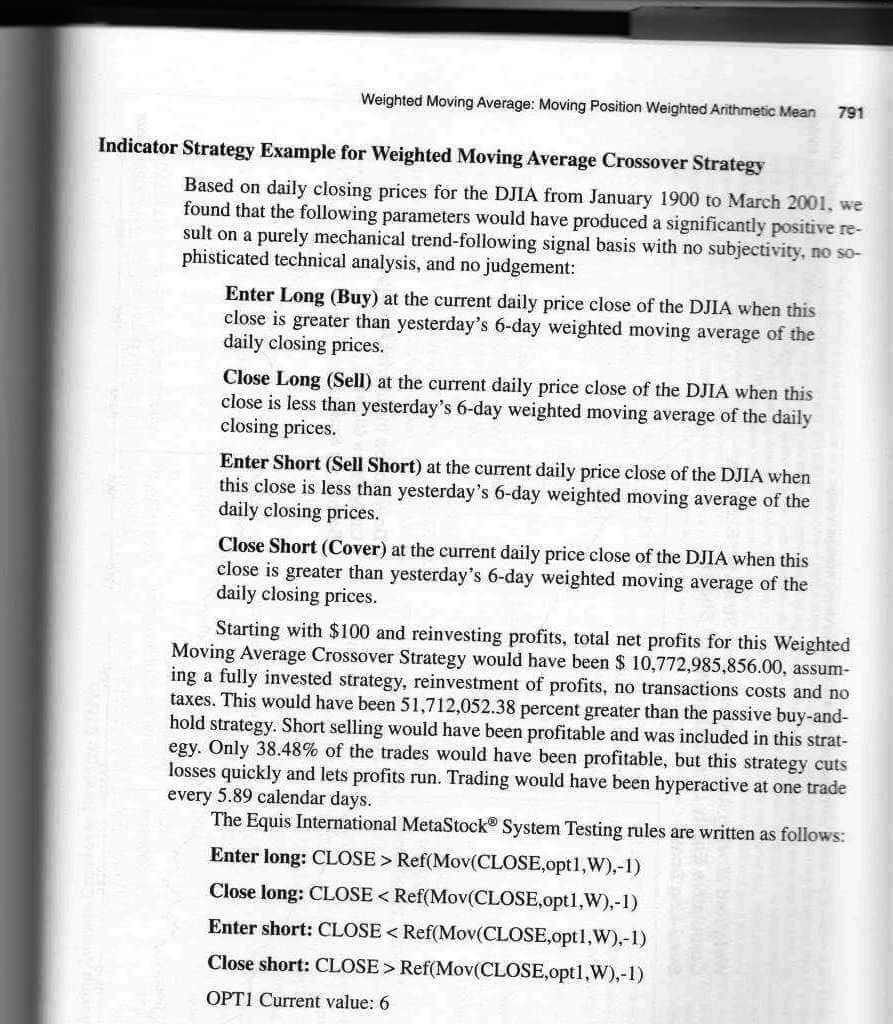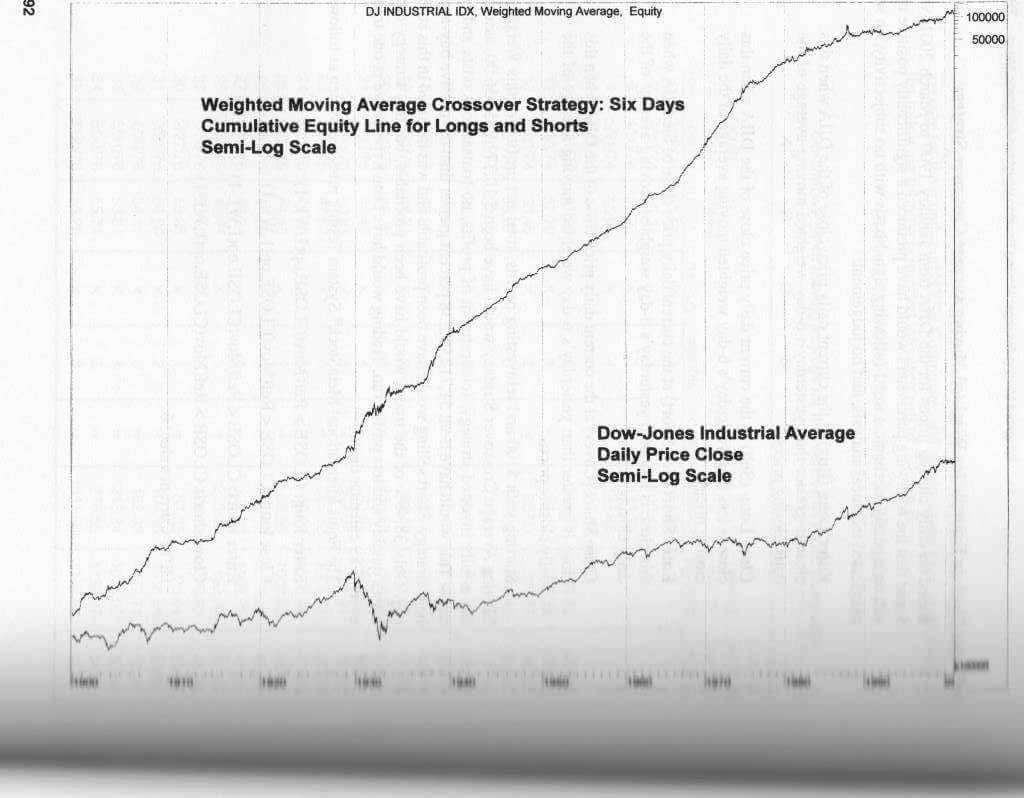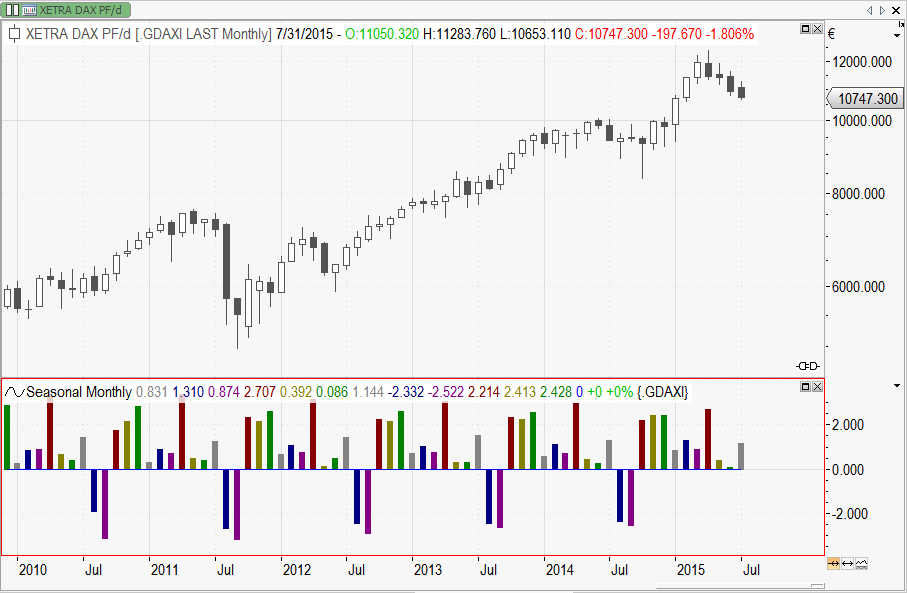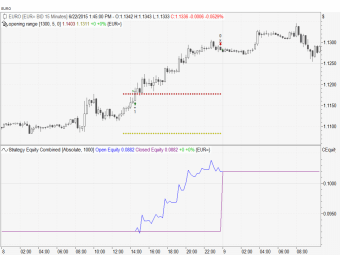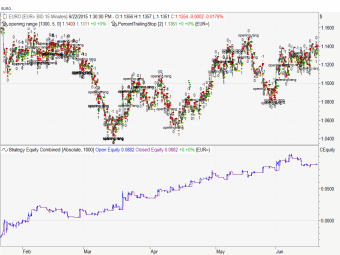Ein jeder kennt die klassischen Indikatoren wie RSI oder Stochastic. Und ein jeder kennt die dazugehörigen Handelsanweisungen: Long, wenn überverkauft, Short wenn überkauft. Und zumindest im Lehrbuch funktioniert das auch. Aber wie sieht das ganze am realen Chart aus? Würden Sie dem Lehrbuch vertrauen und Ihren Kunden auch einen baldigen Kauf empfehlen wenn der RSI unter 20 liegt?
Testen anstatt zu studieren
Schön, wenn ein Indikator im Lehrbuch funktioniert, doch will ich hier ein Verfahren darstellen, bei dem der Indikator selbst angibt ob, wann und wie gut er funktioniert! Dazu habe ich mir für diesen Beitrag den RSI Indikator vorgenommen.
Zunächst wird der Wert des Indikators betrachtet, sowie, ob er steigt oder fällt. Mit diesen beiden Kriterien lässt sich der RSI einfach klassifizieren.
Dann erfolgt der eigentliche Backtest: Innerhalb der letzten 1000 Bars wird nun geschaut, wie sich der Markt bei einem gleichen Indikatorstand (zwischen 90 und 100) und Richtung (über Triggerlinie) verhalten hat.
Am Bild kam dies innerhalb der letzten 100 bars 36 mal vor. Dabei war die durchschnittliche Bewegung innerhalb der darauffolgenden 5 min DAX Futures Kerze -0.03%. Der RSI hat beim aktuellen Stand also eine negative Kurs Prognose.
Dass es auch nach dem nächsten bar statistisch nach unten geht, sieht man an den 5 Prognose Punkten am Chart. Sie zeigen, wie sich der Markt statistisch innerhalb der nächsten 5 Bars verhalten hat, unter der Bedingung, dass der RSI den aktuellen Stand und Richtung hatte.
Markt Performance als Indikator
Der obige Screenshot zeigt den Indikator und die Prognose für den kommenden bar (sowie die 4 darauf folgenden). Er zeigt jedoch nicht, wie sich diese Prognosen in der Vergangenheit verhalten haben, in welchen Bereichen der Indikator in der Vergangenheit seine höchste Aussagekraft hatte. Dies ist am nächsten Chart dargestellt.
Am Bild ist unter dem eigentlichen RSI seine aktuelle prognose für den nächsten Bar dargestellt. Um diese prognose ist ein Bollingerband gelegt, um so die Bereiche zu definieren, an welchen der RSI seine höchste Aussagekraft hat (= die stärkste Bewegung vorhersagt)

